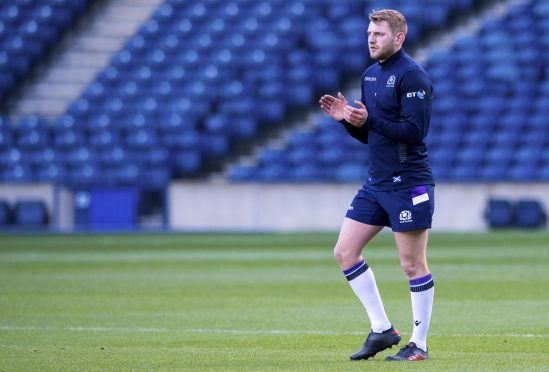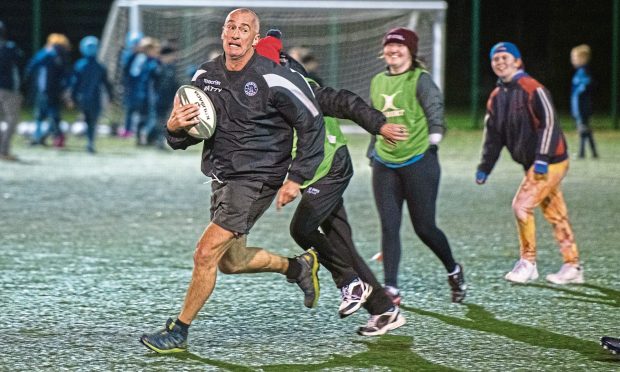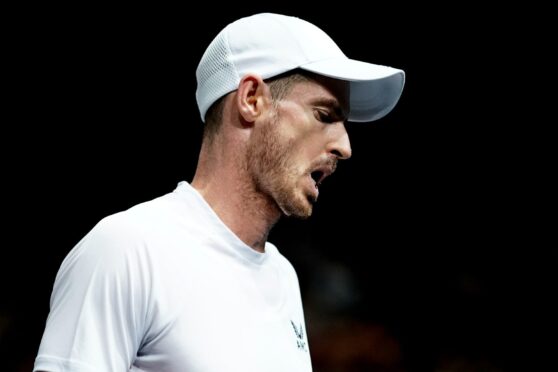It’s maybe not quite reached the official passing of the torch yet, but there’s still an element of a changing of the guard as Scotland take on Samoa in the opening Autumn Test of 2017 at BT Murrayfield today.
Two years ago Greig Laidlaw’s position of authority within the Scotland team was never more crucial than the Rugby World Cup match at St James’ Park, Newcastle, against Samoa.
With the Scots continually rocked by the Islanders throwing all caution to the wind – they were already out of the tournament – Laidlaw’s calm assurance, with the boot and also with the crucial try, just barely got the Scots over the line and into the quarter-finals.
Defeat that day would probably have meant the sack for Vern Cotter and the recent renaissance of the national team might have clunked to a halt on the starting grid.
Up until February of this year, it was almost unthinkable that Laidlaw would not be leading Scotland. Now, even though the veteran scrum-half is in camp and involved with the squad, the feeling is surely that the two injuries this year to the little general – after a career remarkably free of injury – means the rank of Scotland’s most important player has passed on, to Finn Russell.
Russell, who usually thrives in such open rugby, had one of his worst games for Scotland that day at St James’ Park. Now, however, he is the primary creative hub of the side and the front-line goalkicker.
Laidlaw missed the summer tour to go with the Lions, but the feeling was that Scotland were happy for Ali Price to get more miles at scrum-half. The speedier Glasgow Warrior – in terms of service, foot and often of thought – seems the better option for the relentlessly quick game Gregor Townsend wants to play.
He suits Russell better as well, now that the stand-off is accustomed to international rugby whatever the venue. Away from Murrayfield in his international career Finn tended to go into his shell, but that surely ended in Singapore and Sydney in the summer, the latter being the game where he properly came of age as an international player.
Scotland missed him badly in Fiji when he was called – superfluously in the end – to join up with Laidlaw and the Lions.
Back at Murrayfield, Scots fans should expect Russell to take charge, as he did against Ireland, Wales and Italy in the Six Nations wins in the spring. His goalkicking has come on a mile – just two misses in something like 20 attempts for Glasgow this year – and under Dave Rennie’s influence at Scotstoun he is starting to become more of a controlling stand-off, exactly the task that is required of him today.
Opposite number Tim Nanai-Williams is probably at least as gifted a footballer as Russell, but he’s pretty much a novice at 10. He’s also prone to overdoing it – it was his wild pass that Tommy Seymour intercepted for a crucial try in that game at St James’ Park, when he played at full-back.
There’s plenty outside Nanai-Williams – including Rey Lee-Lo who scored twice in Newcastle and is well known to the Scots now through that game and playing for Cardiff Blues in the PRO14 – but Scotland should be seeking to pin them back with the far more disciplined defence they have now, and the clear advantage they should have in setpiece and structure upfront.
This is despite having the international novice Darryl Marfo in the front row. The Scots have done a good job talking up the former Harlequin, but the fact remains that he was never more than a squad player with several English clubs and started the season as fourth choice for Edinburgh at loosehead.
You simply don’t go from fringe player to international class in eight weeks. Marfo’s still probably fifth or sixth choice for Scotland when everyone is fit, and New Zealand and Australia are going to be watching him closely today.
Yet the Scots got through last year’s Autumn series – and the Six Nations – reasonably successfully with two novice props. WP Nel hasn’t quite returned to his best form yet but he and Zander Fagerson offer as stable and solid duo to man the tighthead side as Scotland have had in years.
But it’s Russell and the attack that excites the crowd to record numbers – nearly a Murrayfield sellout for a nation that attracted just over 15,000 on their last visit. Huw Jones seeks to built on his growing importance as a link from Russell to Stuart Hogg, and it does the heart good to see the revitalisation of Lee Jones, via sevens rugby, a flit from Edinburgh to Glasgow and downright hard graft, back into a Murrayfield cap international.
Samoa are a team in transition, if their well-documented difficulties with finances were not bad enough. They will have to come to Europe again next year for a play-off to get into Scotland’s group for the World Cup in Japan.
There’s more than enough raw talent there to do that and to give Scotland a fright today, as Samoa so often do. But a comfortable win for Gregor Townsend’s home opener before the serious business of the All Blacks next week is the least of Scotland’s targets.


